
I, like many pet owners, often put a towel or blanket inside my pet's carrier for comfort.

I, like many pet owners, often put a towel or blanket inside my pet's carrier for comfort.

When trying to remove a bandage or IV without ripping out fur, saturate the tape with isopropyl alcohol before sliding the bandage scissors underneath it or trying to peel it off.

We created an extra work surface for our treatment and dental table by opening the top side drawer and placing a kitchen cutting board over the top.

The symposium Veterinary Ethics: Controversies, Challenges, and Opportunities, convened at the 2006 American Association for the Advancement of Science annual meeting in February, considered the diverse ethical concerns that arise from the competing and potentially conflicting interests that vie for the veterinarian's attention.
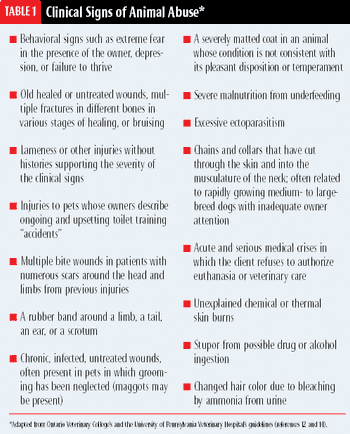
One yellow tabby named Darwin will not soon be forgotten by anyone who knows his story. In April 2004, this 9-lb cat was presented DOA to Brooklyn, N.Y., emergency veterinarian Brett Levitzke. Dr. Levitzke knew immediately that Darwin had died as a result of trauma. "I took the woman who brought Darwin in aside and asked her what had happened," he says. "She said her daughter's fiancé had beaten the cat. I told her that I take this very seriously and that I would get law enforcement involved. She said, 'OK, I want this guy prosecuted.'"

Societal concerns about animal welfare have led to changes in the philosophy and practice of laboratory-animal medicine that are advantageous to research animals as well as to laboratory-animal veterinarians.

Should zoos exist? And if yes, for what purpose?

In the article "Coinfection with multiple tick-borne pathogens" published in the March 2006 Veterinary Medicine parasitology supplement, Drs. Adam Mordecai, Erick Spencer, and Rance Sellon state that epistaxis has not been observed in dogs with experimental Ehrlichia canis infection.

Calendar supplement to DVM 12-06 promo

Now that we are well into the 21st century, forecasts uttered decades ago seem to have become reality. The world population explodes toward seven billion. And most people live in huge cities, thanks to modern technology.

National Report - Achieving an appropriate balance between work and home life was cited by veterinarians most frequently as their greatest professional life concern.

Undoubtedly, the major social issues confronting veterinary medicine today revolve around animal welfare--farm animal welfare; the legal status of animals, including the concept of guardianship; and the efficacy of alternative medicine modalities.

When advising owners, the farm-animal veterinarian has a primary responsibility to be an advocate for the individual animal's health and welfare.

Companion-animal veterinarians need a strong sense of integrity to navigate the complex ethical quandaries present at the crossroads of pets, owners, and society.

The public views veterinarians favorably, regarding them as experts in animal care and welfare. But the veterinary profession has had a love-hate relationship with animal advocates.

The welfare of companion animals, which are classified by U.S. law as property, is protected by special legislative measures, including anti-cruelty statutes and pet trust arrangements.
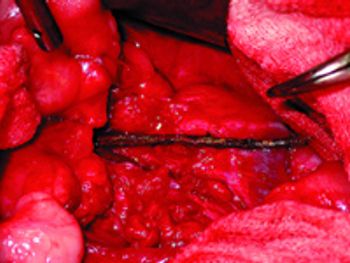
A 4.5-year-old intact female Labrador retriever was presented to The Ohio State University Teaching Hospital for evaluation of a nonhealing wound on the left caudal flank.

In retrospect, I realize now that it all began when my grandmother gave me a mammoth's molar-my first fossil.

In my 30-year career as an animal scientist, I have focused on two areas of cattle and pig treatment badly in need of major improvement: farm housing and slaughterhouse handling.

WVC compass 11-06 promo
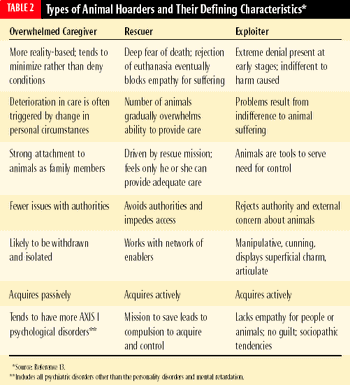
It is a positive step for the profession, for animals, and for society that veterinary medicine has embraced responsibility for preventing cruelty to animals. But we also need to attend to a more subtle and less well understood form of severe cruelty: the chronic, large-scale neglect that occurs with animal hoarding.

Study data shows that for every 100 job openings, only 96 veterinarians will be ready to fill the spots.

While this professor, researcher, and well-known veterinary anesthesiologist loves teaching veterinary students, he tells graduates that they will gain the most from experience. "Most of what you will eventually know to be true about medicine and life does not come from a book or from other people."

In addition to evaluating our year-end fiscal balance, we should include the number of patients benefiting from our efforts.
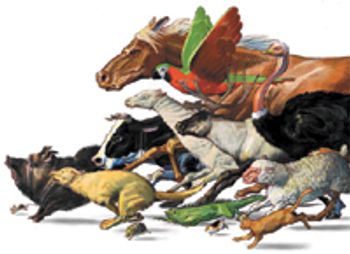
I wouldn't try some of these techniques around squeamish clients.

New York - A survey conducted by the American Kennel Club says 62 percent of the 1,006 responding pet owners would defy authorities during a natural disaster to stay with pets if not allowed to evacuate with them.
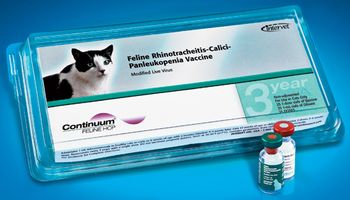
Millsboro, Del. - Intervet Inc. announces the introduction of Continuum? Feline HCP vaccine with a three-year duration of immunity against rhinotracheitis caused by herpesvirus-1 (FHV-1), calicivirus (FCV) and panleukopenia (FPV).
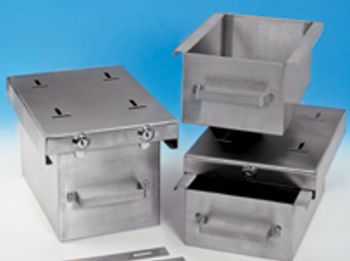
EPS introduces the cold-safe locking refrigerator storage box.

Continuing education puts gas in your engine--new ideas, new enthusiasm, and new solution to that problem you dread. And it's time to pull up to the pump at CVC Central.
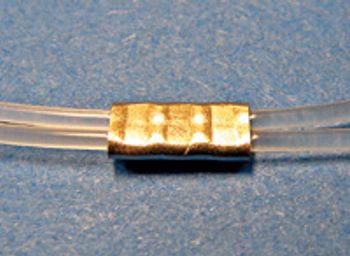
Securos introduces a 100-pound crimp clamp for use with the Securos Cruciate Repair System and the 100-pound monofilament suture.